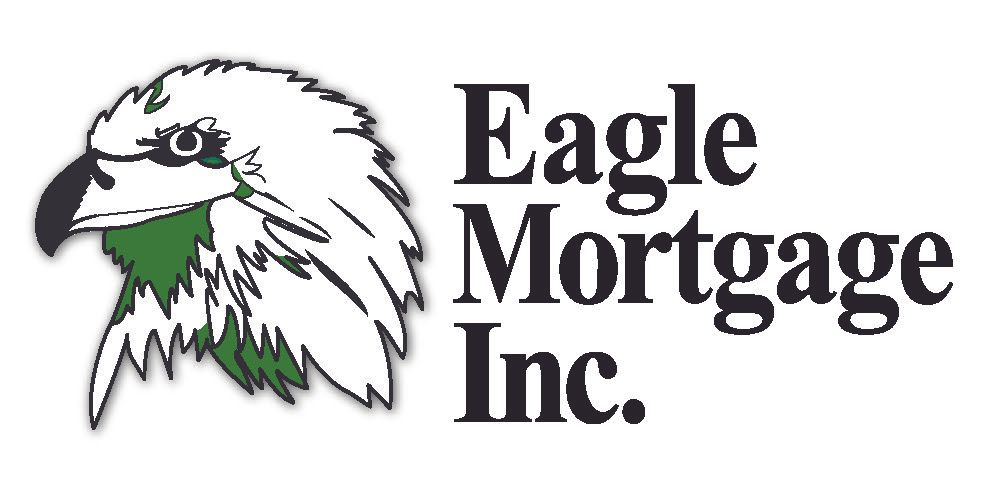Leveraging home equity is a popular strategy for securing financial comfort or meeting financial needs in retirement. Making an informed decision between a Home Equity Line of Credit (HELOC) and a Reverse Mortgage is crucial. Each option has unique benefits and considerations that cater to different financial situations and goals.
Home Equity Line of Credit (HELOC)
A Home Equity Line of Credit (HELOC) converts home equity into accessible cash, functioning like a credit line. It allows homeowners to withdraw funds using a checkbook or credit/debit card, up to an approved limit.
Monthly payments are made based on the amount borrowed and the current interest rates. This makes HELOC a flexible option for those who need sporadic access to cash.
HELOCs have no age limit but require homeowners to have at least 20% equity in their home, a good credit score, and proof of income. Additionally, the interest may be tax-deductible if the funds are used for specific home improvements.
Reverse Mortgage
A Reverse Mortgage is a loan arrangement where the lender pays the homeowner, effectively reversing the typical mortgage payment flow. Homeowners can access funds through various options such as monthly payments, lump sums, line of credit, or a combination.
Payments on a Reverse Mortgage are deferred until the homeowner moves, sells the home, the house falls into disrepair, or upon the homeowner’s death, at which point the loan is due.
This option is available to homeowners aged 62 and older who either own their homes outright or have a small mortgage balance. Unlike HELOCs, Reverse Mortgages do not require proof of income but do require the homeowner to cover property expenses. There are no immediate tax advantages with Reverse Mortgages, but potential benefits may arise upon loan termination.
Choosing the right financial product plays a critical role in maintaining a comfortable and secure retirement. Personalizing this decision to fit your specific circumstances is essential. This involves considering your financial situation, future plans, and current needs.
Take proactive steps by evaluating your financial situation and consulting with a professional. Scheduling consultations with financial advisors can help you navigate the complexities of HELOCs and Reverse Mortgages, ensuring that you make the most informed decision for your future.

